Key in a search term below to search our website.
Key in a search term below to search our website.

From intricate firelighting tools to rocket-powered aircraft and a fire-alarm with a difference, our collections feature intriguing links to the element fire.
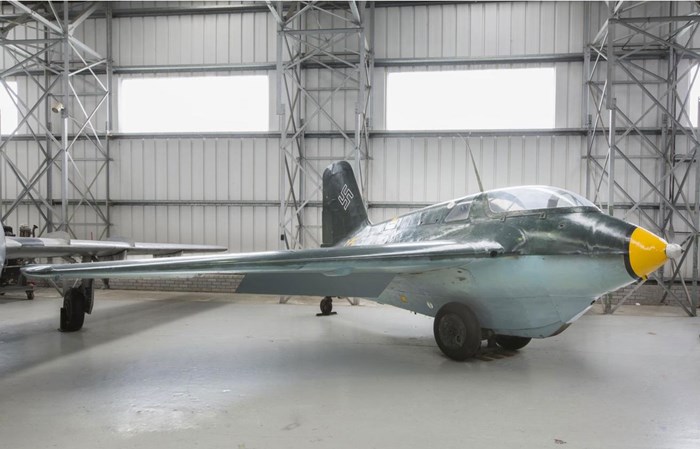
The Messerschmitt Komet on display at the National Museum of Flight, East Fortune.
All aeroplane engines, whether piston or jet, rely on fire to generate power, but the Messerschmitt Komet was the only rocket-powered aircraft ever to enter combat. Its engine gave a phenomenal performance that made it possible for the Komet to get close to the speed of sound. The Walter rocket motor which powered it used two very dangerous fuels, concentrated hydrogen peroxide and a solution of methanol and hydrazine hydrate. These two fuels would literally explode on contact. As you can imagine, this made it an incredibly dangerous aircraft to fly.

Sectioned combustion and flame tube for a Rolls-Royce Derwent aero engine.
Talking of danger, how might you warn a sleeping deaf person about a fire? This unusual fire alarm, which emits a spray of synthesised wasabi to irritate your nose and mouth, was designed by a team of Japanese scientists, and won the Ig Nobel prize for Chemistry in 2011.
Can you think of any other unusual ways to raise the alarm?

Wasabi fire alarm for waking deaf people.
Find out more about how this object came into our collections in a blog post from Tacye Philipson, Senior Curator of Science: Why would you a want Wasabi Fire Alarm?
Long before people began inventing fire alarms, they were inventing ways to light fires for heating and cooking. This open fire in the middle of a cottage in Foula, Shetland in 1902 was definitely the heart of the home for Mrs Margaret Gray.
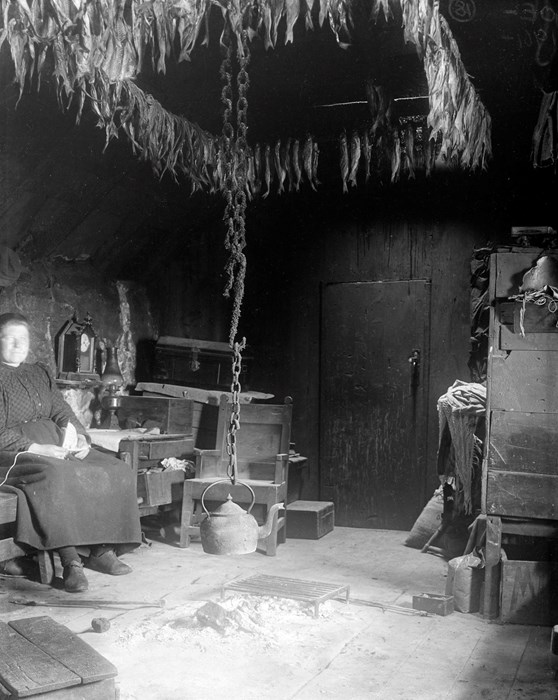
Mrs Margaret Gray by the fire in her house on Shetland c.1902 from the Scottish Life Archive.
Here are some rather beautiful examples of 19th century fire lighting equipment from our World Cultures collections, which can be found in our Living Lands and Exploring East Asia galleries.
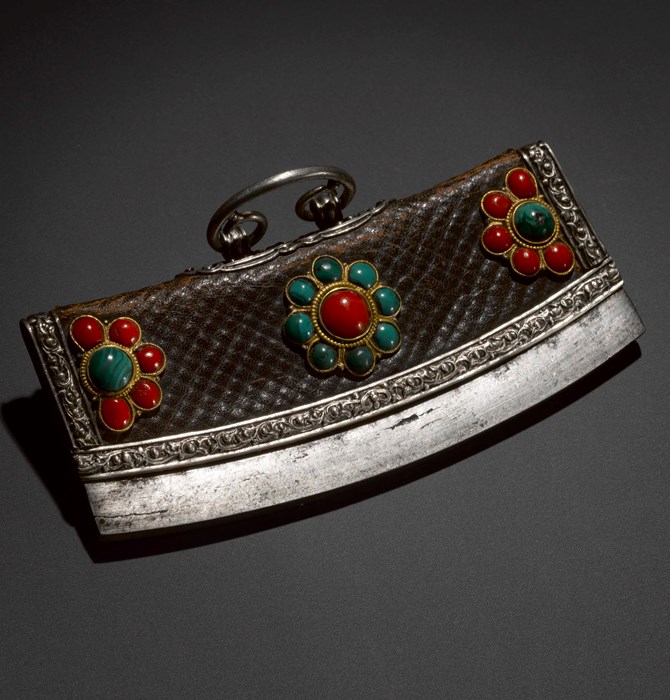
Mongolian tinder pouch made from leather and steel, with carnelian, malachite and silver decoration.
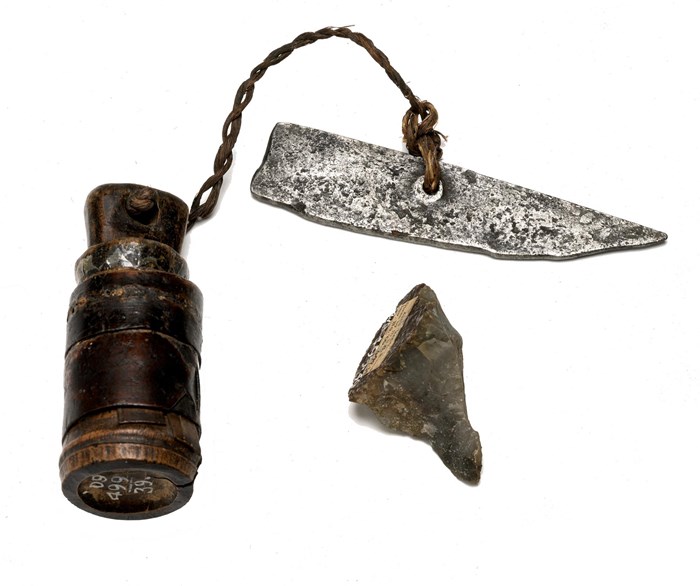
Japanese fire-making kit – tinder box, steel and stone, from the Ainu people of Hokkaido, Japan.
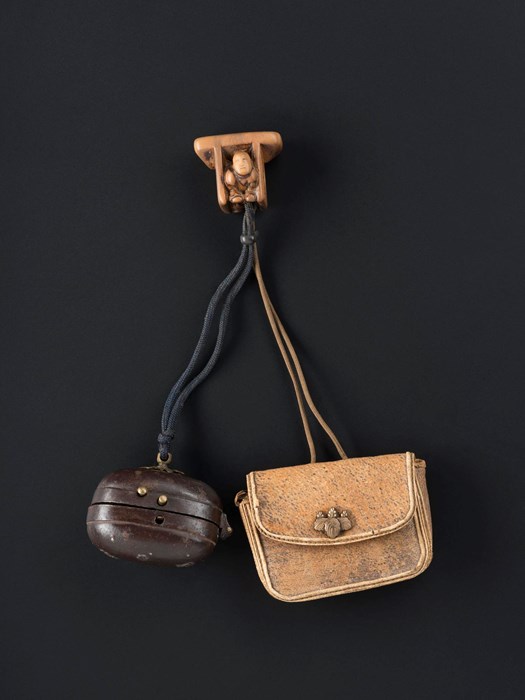
Japanese tinder pouch, steel and flint attached to a carved netsuke of a boy crouching under a table.
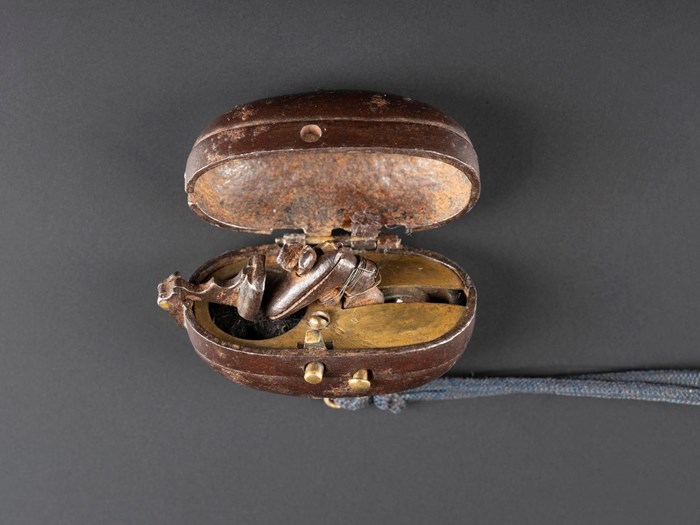
Interior of the Japanese tinder pouch.
Part of: Elements of #EdSciFest
Header image: Photo by raquel raclette on Unsplash